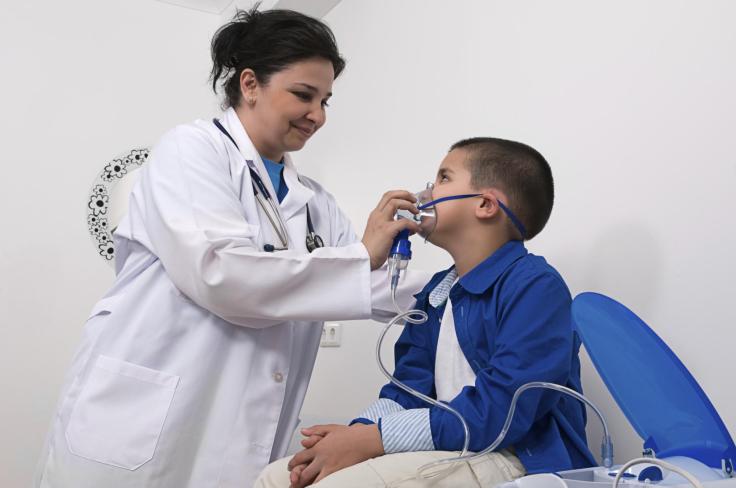As finals week is approaching for me and I am about to graduate the amount of stress and anxiety I am feeling is sky rocketing. There are so many projects and papers due that I am just trying to schedule out time in my already busy schedule. It is times like these when it is important to take a step back and take control of your stress by following certain steps and processes. It is important when dealing with stress to remember these 10 steps.
1. Avoid caffeine, nicotine, and alcohol
Avoid, or at least reduce, your consumption of nicotine and any drinks containing caffeine and alcohol. Caffeine and nicotine are stimulants and so will increase your level of stress rather than reduce it.
Alcohol is a depressant when taken in large quantities, but acts as a stimulant in smaller quantities. Therefore using alcohol as a way to alleviate stress is not ultimately helpful.
Swap caffeinated and alcoholic drinks for water, herbal teas, or diluted natural fruit juices and aim to keep yourself hydrated as this will enable your body to cope better with stress.
2. Get into Physical Activity
Stressful situations increase the level of stress hormones such as adrenaline and cortisol in your body.
These are the “fight or flight” hormones that evolution has hard-wired into our brains and which are designed to protect us from immediate bodily harm when we are under threat. However, stress in the modern age is rarely remedied by a fight or flight response, and so physical exercise can be used as a surrogate to metabolize the excessive stress hormones and restore your body and mind to a calmer, more relaxed state.
When you feel stressed and tense, go for a brisk walk in fresh air. Try to incorporate some physical activity into your daily routine on a regular basis, either before or after work, or at lunchtime. Regular physical activity will also improve the quality of your sleep.
3. Get more sleep
Avoid caffeine during the evening, as well as excessive alcohol if you know that this leads to disturbed sleep. Stop doing any mentally demanding work several hours before going to bed so that you give your brain time to calm down. Try taking a warm bath or reading a calming, undemanding book for a few minutes to relax your body, tire your eyes and help you forget about the things that worry you.
You should also aim to go to bed at roughly the same time each day so that your mind and body get used to a predictable bedtime routine.
4. Try relaxation tips
Each day, try to relax with a stress reduction technique. There are many tried and tested ways to reduce stress so try a few and see what works best for you.
5. Talk to someone
Stress can cloud your judgement and prevent you from seeing things clearly. Talking things through with a friend, work colleague, or even a trained professional, can help you find solutions to your stress and put your problems into perspective.
6. Keep a stress diary
Keeping a stress diary for a few weeks is an effective stress management tool as it will help you become more aware of the situations which cause you to become stressed.
7. Take control
Stress can be triggered by a problem that may on the surface seem impossible to solve. Learning how to find solutions to your problems will help you feel more in control thereby lowering your level of stress.
One problem-solving technique involves writing down the problem and coming up with as many possible solutions as you can. Decide on the good and bad points of each one and select the best solution. Write down each step that you need to take as part of the solution: what will be done, how will it be done, when will it be done, who is involved and where will it take place.
8. Manage your time
Make a list of all the things that you need to do and list them in order of genuine priority. Note what tasks you need to do personally and what can be delegated to others to do. Record which tasks need to be done immediately, in the next week, in the next month, or when time allows.
9. Learn to say “no”
A common cause of stress is having too much to do and too little time in which to do it. And yet in this situation, many people will still agree to take on additional responsibility. Learning to say “No” to additional or unimportant requests will help to reduce your level of stress, and may also help you develop more self-confidence.
10. If you get sick REST
If you are feeling unwell, do not feel that you have to carry on regardless. A short spell of rest will enable the body to recover faster.
Practicing these 10 steps is essential to your health during stressful times. Read more at: https://www.skillsyouneed.com/ps/stress-tips.html to see how these steps can really benefit you and different examples. I hope these tips will help you as they have helped me in the past and will help me in the next week coming up!
See you all again soon!
XoXo,
C
Read more at: https://www.skillsyouneed.com/ps/stress-tips.html


 When I first thought about what I wanted to do when I was older I always thought I was going to be a doctor in family medicine. As I got older I found myself transitioning from wanting to be a doctor to wanting to be a pharmacist. After putting all my efforts into being a pharmacist I started to think maybe the stress of all this isn’t worth it to me and am I really going to be happy doing this for the rest of my life? There is so much pressure to choose your career so early on without having any experience in the field. We are going blindly into our futures by saying, “oh, well I might like this”. But how do we actually know until we do it?
When I first thought about what I wanted to do when I was older I always thought I was going to be a doctor in family medicine. As I got older I found myself transitioning from wanting to be a doctor to wanting to be a pharmacist. After putting all my efforts into being a pharmacist I started to think maybe the stress of all this isn’t worth it to me and am I really going to be happy doing this for the rest of my life? There is so much pressure to choose your career so early on without having any experience in the field. We are going blindly into our futures by saying, “oh, well I might like this”. But how do we actually know until we do it?